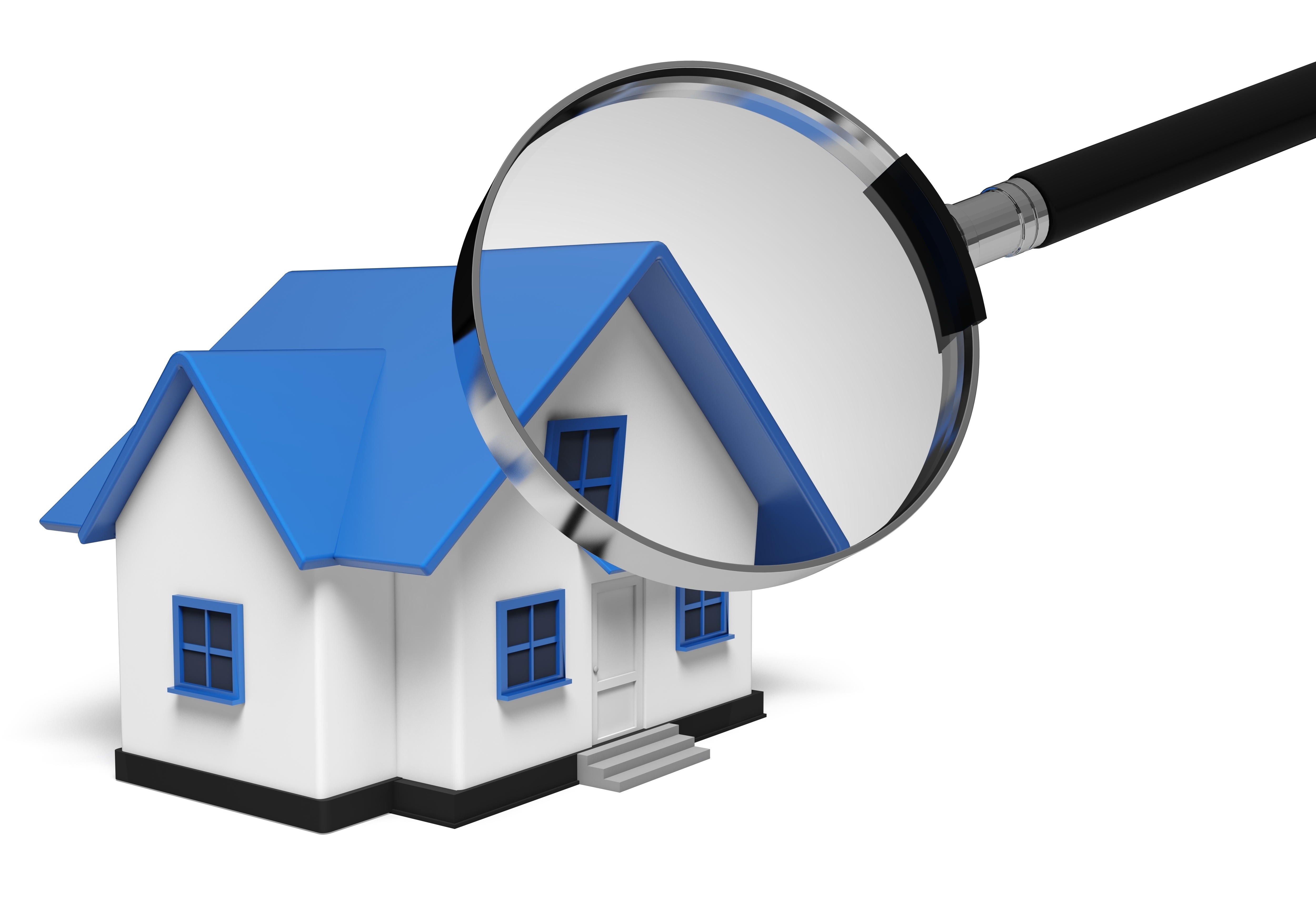
Real Property Appraisals: A PrimerBuying a home can be the most serious transaction some people could ever consider. It doesn't matter if where you raise your family, a second vacation property or one of many rentals, purchasing real property is an involved transaction that requires multiple people working in concert to pull it all off. Most of the participants are very familiar. The real estate agent is the most recognizable face in the exchange. Next, the bank provides the money necessary to fund the deal. And ensuring all requirements of the transaction are completed and that a clear title passes to the buyer from the seller is the title company. So, who's responsible for making sure the property is worth the purchase price? This is where you meet the appraiser. We provide an unbiased estimate of what a buyer might expect to pay — or a seller receive — for a parcel of real estate, where both buyer and seller are informed parties. A licensed, certified, professional appraiser from ERBES APPRAISALS, INC. will ensure, you as an interested party, are informed. The inspection is where an appraisal beginsTo determine the true status of the property, it's our responsibility to first perform a thorough inspection. We must actually view aspects of the property, such as the number of bedrooms and bathrooms, the location, living areas, etc, to ensure they really are present and are in the shape a typical person would expect them to be. To ensure the stated square footage has not been misrepresented and illustrate the layout of the home, the inspection often entails creating a sketch of the floorplan. Most importantly, we look for any obvious amenities - or defects - that would have an impact on the value of the property. Once the site has been inspected, an appraiser uses two or three approaches to determining the value of real property: sales comparison and, in the case of a rental property, an income approach. 
Cost ApproachThis is where we use information on local construction costs, the cost of labor and other factors to figure out how much it would cost to replace the property being appraised. This figure commonly sets the upper limit on what a property would sell for. The cost approach is also the least used method. 
Paired Sales AnalysisAppraisers are intimately familiar with the communities in which they work. They thoroughly understand the value of specific features to the people of that area. Then, the appraiser researches recent transactions in close proximity to the subject and finds properties which are 'comparable' to the property being appraised. Using knowledge of the value of certain items such as square footage, extra bathrooms, hardwood floors, fireplaces or view lots (just to name a few), we adjust the comparable properties so that they are more accurately in line with the features of subject.
After all differences have been accounted for, the appraiser reconciles the adjusted sales prices of all the comps and then derives an opinion of what the subject could sell for. At ERBES APPRAISALS, INC., we are an authority in knowing the worth of real estate features in LOCKPORT and Niagara County neighborhoods. The sales comparison approach to value is commonly given the most weight when an appraisal is for a real estate sale. Valuation Using the Income ApproachA third method of valuing real estate is sometimes employed when an area has a measurable number of renter occupied properties. In this situation, the amount of income the real estate generates is factored in with other rents in the area for comparable properties to give an indicator of the current value. Coming Up With The Final ValueCombining information from all approaches, the appraiser is then ready to put down an estimated market value for the property in question. The estimate of value on the appraisal report is not always the final sales price even though it is likely the best indication of what a property is worth. Prices can always be driven up or down by extenuating circumstances like the motivation or urgency of a seller or 'bidding wars'. Regardless, the appraised value is often used as a guideline for lenders who don't want to loan a buyer more money than they could recover in the event they had to put the property on the market again. At the end of the day, an appraiser from ERBES APPRAISALS, INC. will guarantee you discover the most accurate property value, so you can make wise real estate decisions. |